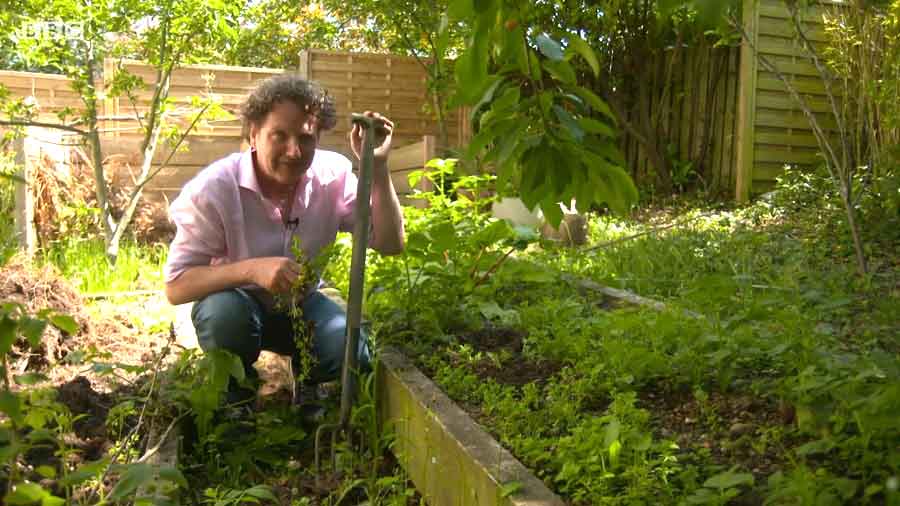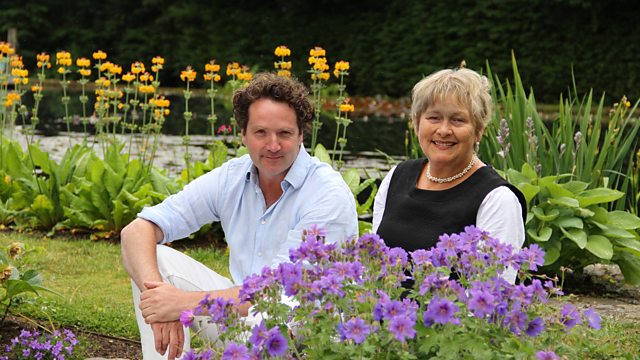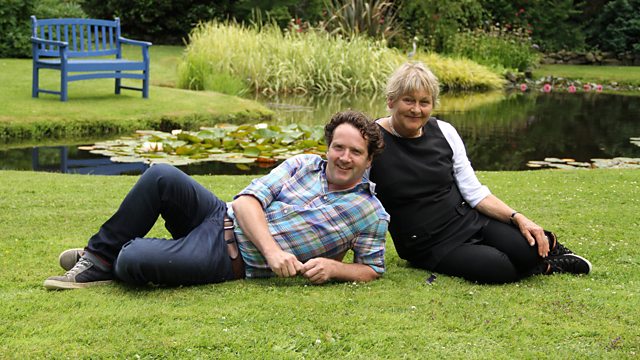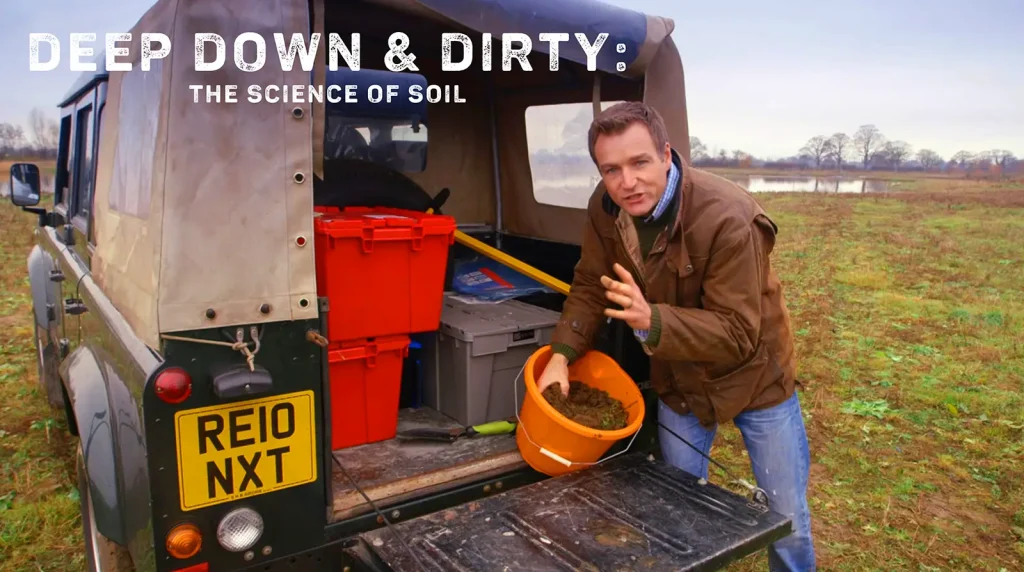Gardening Together with Diarmuid Gavin episode 3: This week he helps design a garden for the Hanway family in Howth, who have a shedload of ideas for their garden but no firm plan. For those wanting to live the good life themselves, Diarmuid gets advice from chef Rachel Allen, who helps him fulfil his dream of keeping chickens in the garden.
Alternative video server
Diarmuid Gavin invites us into his own garden paradise, encouraging everyone across the country to get gardening together. He’ll be taking calls, answering questions and offering dozens of great practical tips.
Gardening Together with Diarmuid Gavin episode 3
How to grow Japanese maples
Japanese maples are easy to grow in containers or in the ground, with most preferring a sheltered, shady spot. Small and slow growing with a graceful habit and beautiful foliage, they’re the perfect choice for even the tiniest of gardens. Japanese maple trees have a variety of shapes, and their range of leaf colours, shapes and autumn colours makes for year-round interest, especially for smaller gardens.
Japanese maples can grow to 8m (26ft) in fifty years, depending on growing conditions, but most are small, slow-growing trees rarely more than 1-2m (3¼ft-6½ft) in height – ideal for the smaller garden or a container. Japanese maples are ideal plants for growing in containers. Plant in a John Innes No. 2 potting compost or John Innes Ericaceous with 25% added sharp sand, which gives good drainage.
Keep the compost moist, but not soaking wet, and feed in spring and early summer with a slow-release fertiliser or liquid feed. Your Japanese maple will need repotting into a slightly bigger container every couple of years. April or September are ideal months to do this.
Long-term container-grown trees will need root pruning every two or three years. To do this, place the pot on its side and remove the tree. Using an old saw cut 5cm (2in) off the bottom of the root ball and three or four slivers down the side. Tease out the roots on the surface of the compost and repot with fresh potting compost (same types as above). Place sufficient potting compost in the base of the pot so the tree is planted no deeper than previously.




